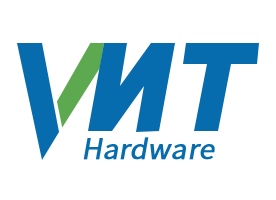Leveraging On-Demand Production
Simply stated, on-demand manufacturing helps companies effectively manage demand volatility and gain greater control of inventory cost.
Let’s tackle that volataility issue first. This concept of manufacturing on demand helps companies navigate market volatility so that they’re not tied to massive production forecasts. When demand spikes, they can get parts quickly, avoiding the risk of lost sales opportunities because of stock outages or long lead times from off-shore vendors (see “Avoiding Logistical Logjams” below).
Next is the inventory issue. On-demand sourcing can also lower overall inventory cost and warehousing expenses for companies because they’re no longer focusing on mass producing products with high minimum order quantities (MOQs). Instead, they’re opting for on-demand production in low volumes. This approach enables companies to create a supply chain that is truly driven by customer demand, not by (and dependent on) a supplier’s lead time.
Deploying Mass Customization
As we previously reported on this blog, in “What Keeps a Buyer Up at Night,”today’s market demands are much more customized. This is moving manufacturing to become more reactive. This low-volume and high-mix ratio of products is not the supply chain of the past where mass production was the norm. Some manufacturers still focus their capabilities to mass produce products with high MOQs and long lead times. Customization is changing how manufacturing needs to react and on-demand manufacturing has the digital capacity and rapid turnaround capability to help meet those mass customization needs. In other words, one-size-fits-all mass production has given way to mass customization and product personalization. Digital manufacturing plays a key role in this game-changing transition.
Avoiding Logistical Logjams
Going off shore can increase the logistical complexity and cost of your supply chain. Your company may find it is not as adaptable to adjust to production volumes when transit time from an international factory floor to your warehouse may be measured in weeks or even months because of container ship lead time. Onshoring in these cases can solve the long litany of logistical logjams.
Mitigating On Again, Off Again Tariffs
Yet another reason OEMs are opting for onshoring instead of offshoring, are the on-again, off-again tariffs that have been front and center in the news. Indeed, this issue has only worsened, as the tariffs that were originally only on critical raw materials, may now include finished products, including cellphones, laptop computers, toys, and shoes made in China.




